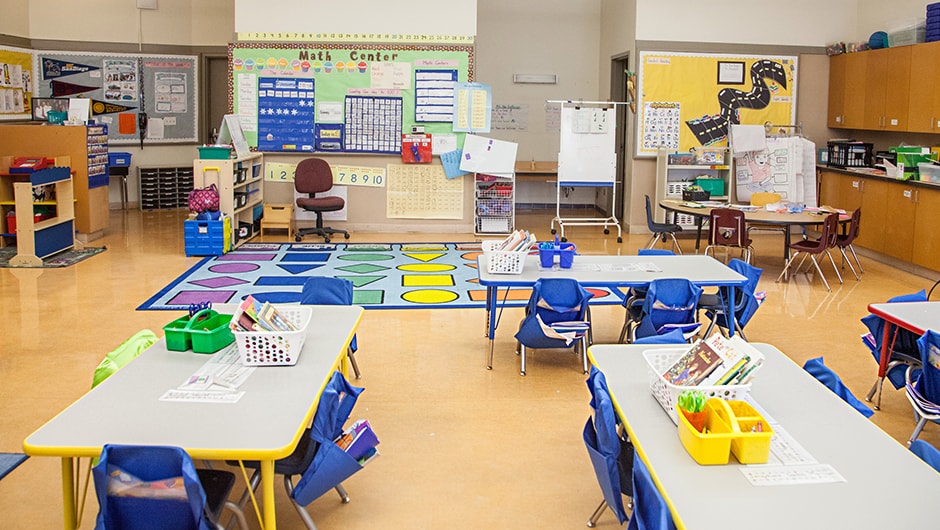While you are in the classroom you need to think about classroom procedures and expectations. These are the routines that you and your students will help run your classroom. Procedures are an important part of classroom management at the beginning of the year. This could be a big difference in the classroom climate. Below are common classroom procedures that teachers mush think through.
- Pencils: How will students get them? When do they get sharpened? What if a student forgets one? What if a student needs an eraser?
- Notebooks/textbooks: Will students come into the classroom each day with them? If not, how will you get them handed out each day? What if a student comes one day without them?
- Homework: Where will it be turned in or how you will collect it? How will you return it to the students after grading?
- Late work: How will students learn about what information they missed? What system will you use so they have access to the make-up work?
- Bathroom: How often can students use the bathroom? How will they let you know that they need to use the bathroom? Will you need to keep track of how many times a student has used the bathroom?
- Technology: How will classroom technology be stored? If portable, how will it be distributed to students? Will devices need to be charged overnight?
- Phones, tablets, personal devices: What is your school's policy? What times can students access them? When are the times when they should put them away?
- Entering the classroom: Should students remove hats? Are they to be quiet? Should they go straight to their students? What work should they get started on?
- Exiting the classroom: Will you dismiss students? Do they leave when the bell rings? Is there a line order they must learn? Should they line up quietly?
Take time to think about your classroom. Make a list of what procedures you should be active about. Also, answer the questions above to get a head start on your procedures. Below is a google doc of procedures you should be thinking about even though it is not everything this will better prepare you.
https://docs.google.com/document/d/1XXXD_g6m1E1tjxxDrKTupzouGRyKkHZvDQWQu6Up-o0/edit?usp=sharing
Fortunately, there may be procedures your school already provides like check out books and emergency drills. For others, you may want to ask a mentor teacher, a colleague, or look on the Internet. Remember it's better to be prepared than not be at all.
https://docs.google.com/document/d/1XXXD_g6m1E1tjxxDrKTupzouGRyKkHZvDQWQu6Up-o0/edit?usp=sharing
Fortunately, there may be procedures your school already provides like check out books and emergency drills. For others, you may want to ask a mentor teacher, a colleague, or look on the Internet. Remember it's better to be prepared than not be at all.



